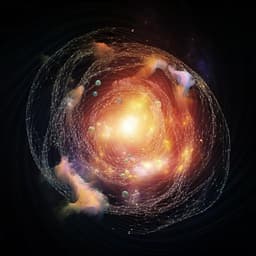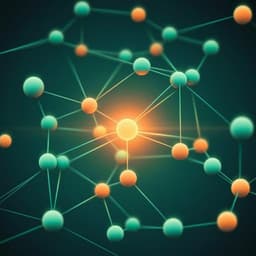
Chemistry
Force generation by a propagating wave of supramolecular nanofibers
R. Kubota, M. Makuta, et al.
Exciting research by Ryou Kubota and colleagues unveils the mechanics of force generation through a traveling wave of supramolecular nanofibers. Explore how innovative stimuli control the creation and breakdown of these nanofibers, leading to measurable forces that can even propel nanobeads!
Playback language: English
Related Publications
Explore these studies to deepen your understanding of the subject.







